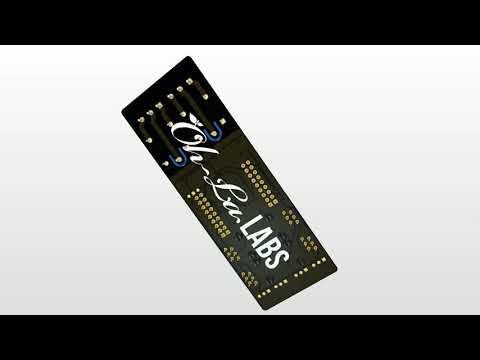Introducing Collective Multi-Purpose Unit
AKA → CMPU
We spent a bit more time on this than we would have liked to, but we were able to design a board that will cover a multitude of use cases. I’ll list the use cases, but direct instructions will be formulated later.
Set up as a bed presence or sofa presence sensor, you can attach up to 4 pressure sensors. If you’d also like to attach our wired motion sensors, you can do up to four with pressure using splits. (not covered here).
This gives you the ability to have more than enough coverage for a bed presence situation. Will you need that much? Probably not. But, it’s available and supported.
Set up as a garage door opener. You are able to control two garage doors with the CMPU which includes two wired contact sensors per door and two dry contact relays to control each door separately. Car presence is also possible, although it has not yet been fully tested. You would need one CMPU per double door for car presence. Cool stuff!
Just for @spelcheck , we also designed an application for a changing table. How convenient to connect a pressure sensor under the changing mat to trigger a light or baby friendly distractions when changing the little one. Middle of the night diaper dooties just got a bit easier when you don’t have to fumble with a light.
@markus 's favorite is water mains monitoring application. Turn the main valve on and off, report water pressure, flow, temperature. All of this is X’s 2. Wired leak sensors to forego the possibilities of a dead battery when it matters most. A great application to have for peace of mind.
You can also connect up to 4 motion sensors if you’re looking to master room presence. These sensors would work in tandem of each other to make sure your lights turn on. You could have them report as one sensor.
So, there are so many uses for this board that we haven’t thought of yet or haven’t done a kit for yet. Use case suggestions are welcomed, but when we begin sales, it’ll be very interesting to see what you make of these.
Now let’s get on to the specs:
- Powered by 5v USB-C or micro USB depending on the ESP32 module used.
- 4 digital only ESD protected 5v inputs.
- 4 digital only ESD protected 5v outputs.
- 3 analog inputs with 5.1k resistor pull-down*
- 1 analog input with a selectable 5.1k resistor pull-down/pull-up/not connected*
- 2 dry contact relays which have NO and NC (Normally Open/Normally Closed)
- 4 x LED’s with the pins exposed can be used as separate 3.3v digital outputs. These are unsupported, but are there for the advanced user. The LED’s, can be used to indicate motion, or state. Rule driven. TBD
- 4 x RJ12 connectors that will support CWPIR, CWCS, and CPS. And whatever else you can think to wire into them. Each has one digital input one digital output and an analog input/output*. It is also equipped with ground and 5v power. Total power draw is about 400 mA.
*Analog input/output: output has limitations. This can also be digital input/output without ESD protection. Used under certain circumstances where ESD is not as important - The board is contained in a nice 45mm (1.76 in) x 143mm (5.62 in) x 29.5 mm (1.16 in) case to keep everything buttoned up.
The high precision resistors are not what you will find in your every day toolkit. +/- 0.1% accuracy
We are working on high resolution photos which will be posted in further updates in this thread.
We will post the specs for the CWPIR (Collective Wired PIR), CWCS (Collective Wired Contact Sensor), and CPS (Collective Pressure Sensor) in coming posts.


